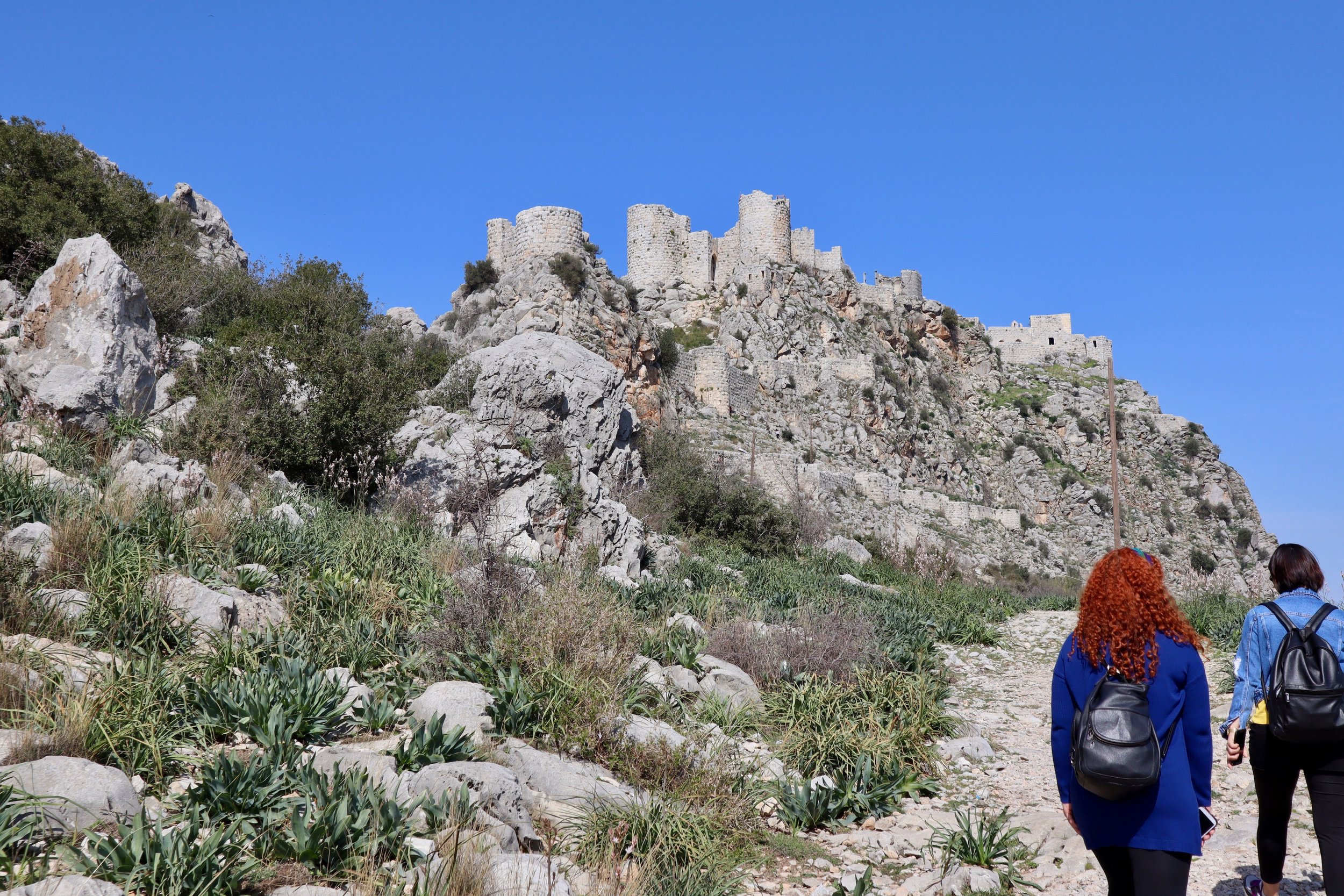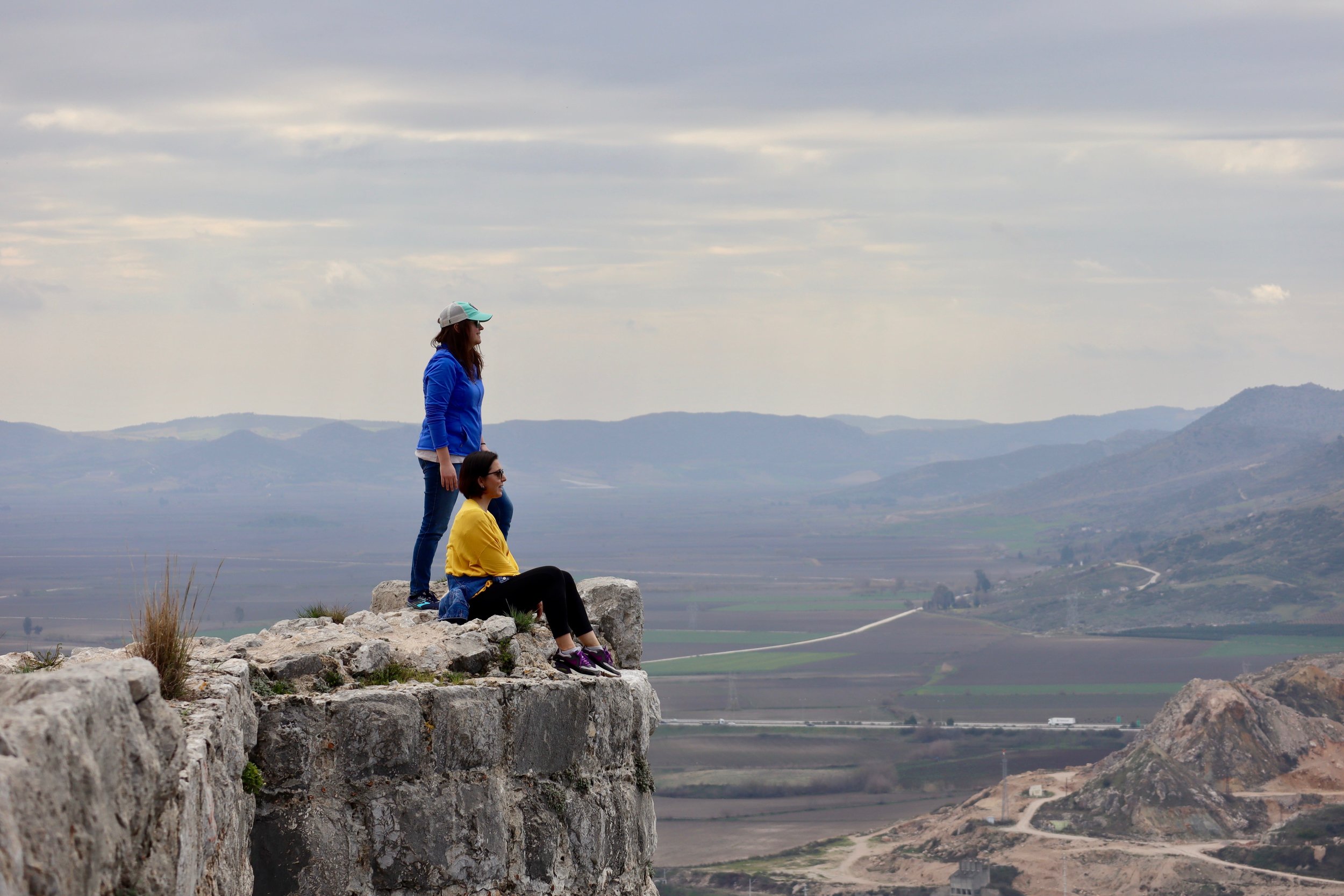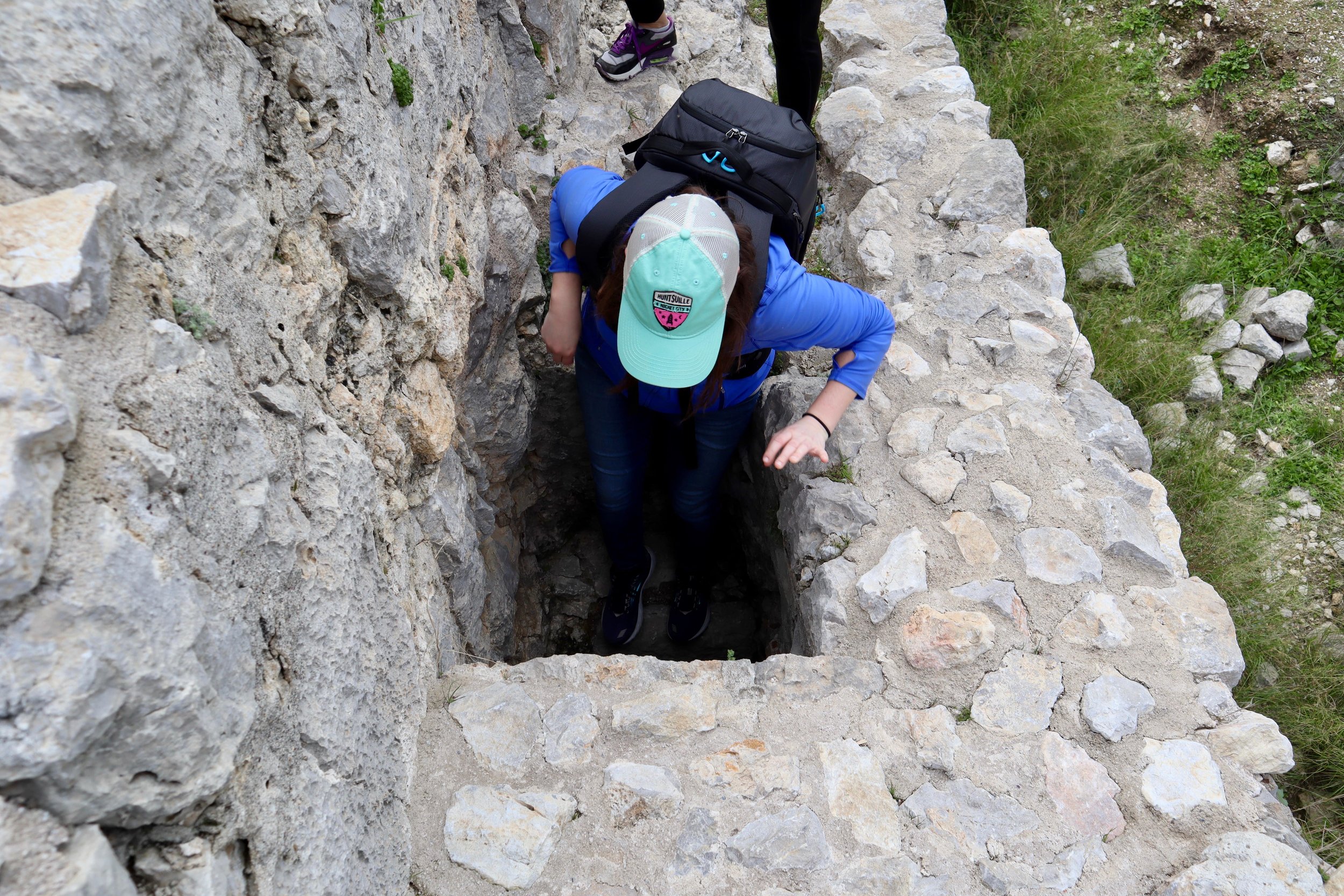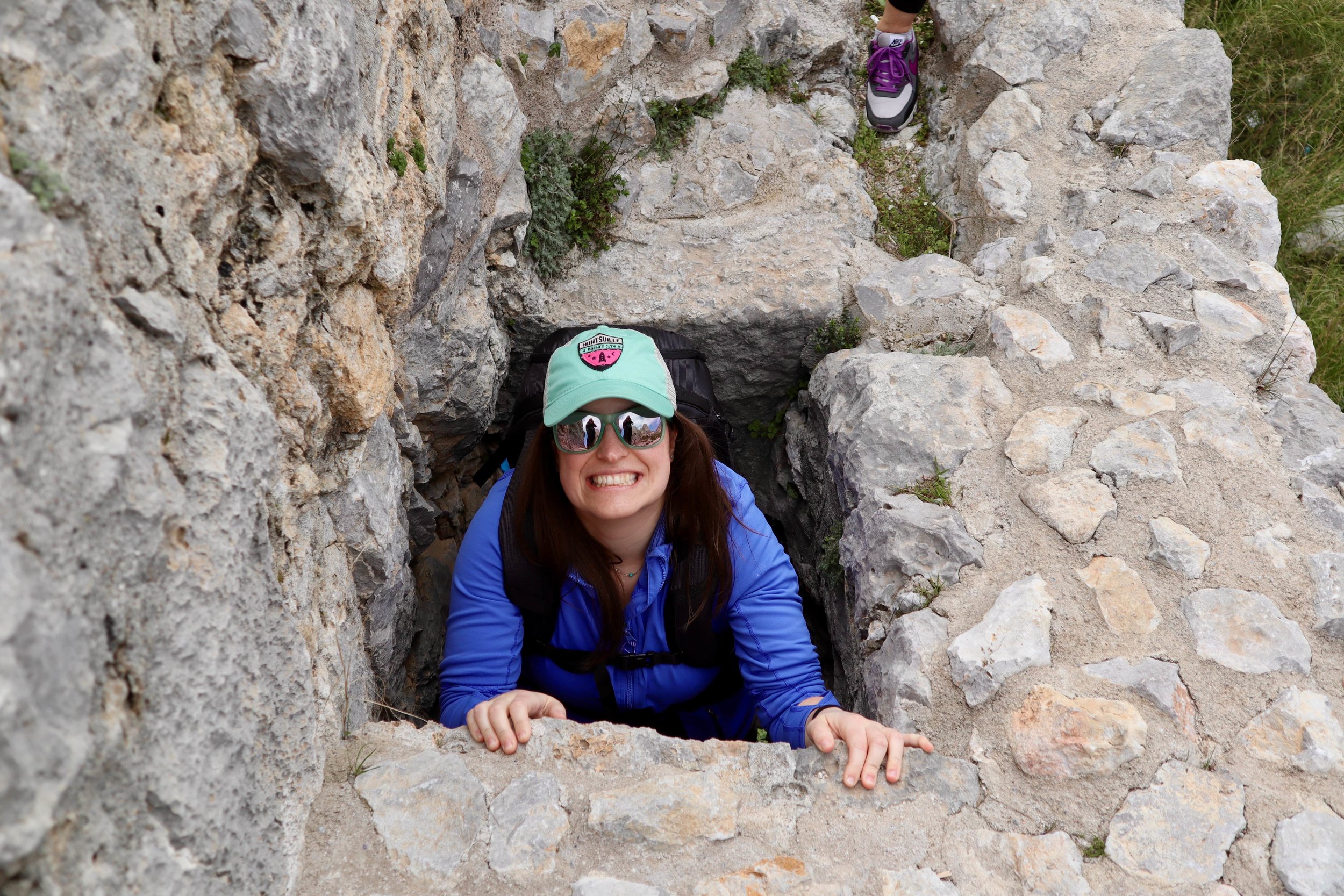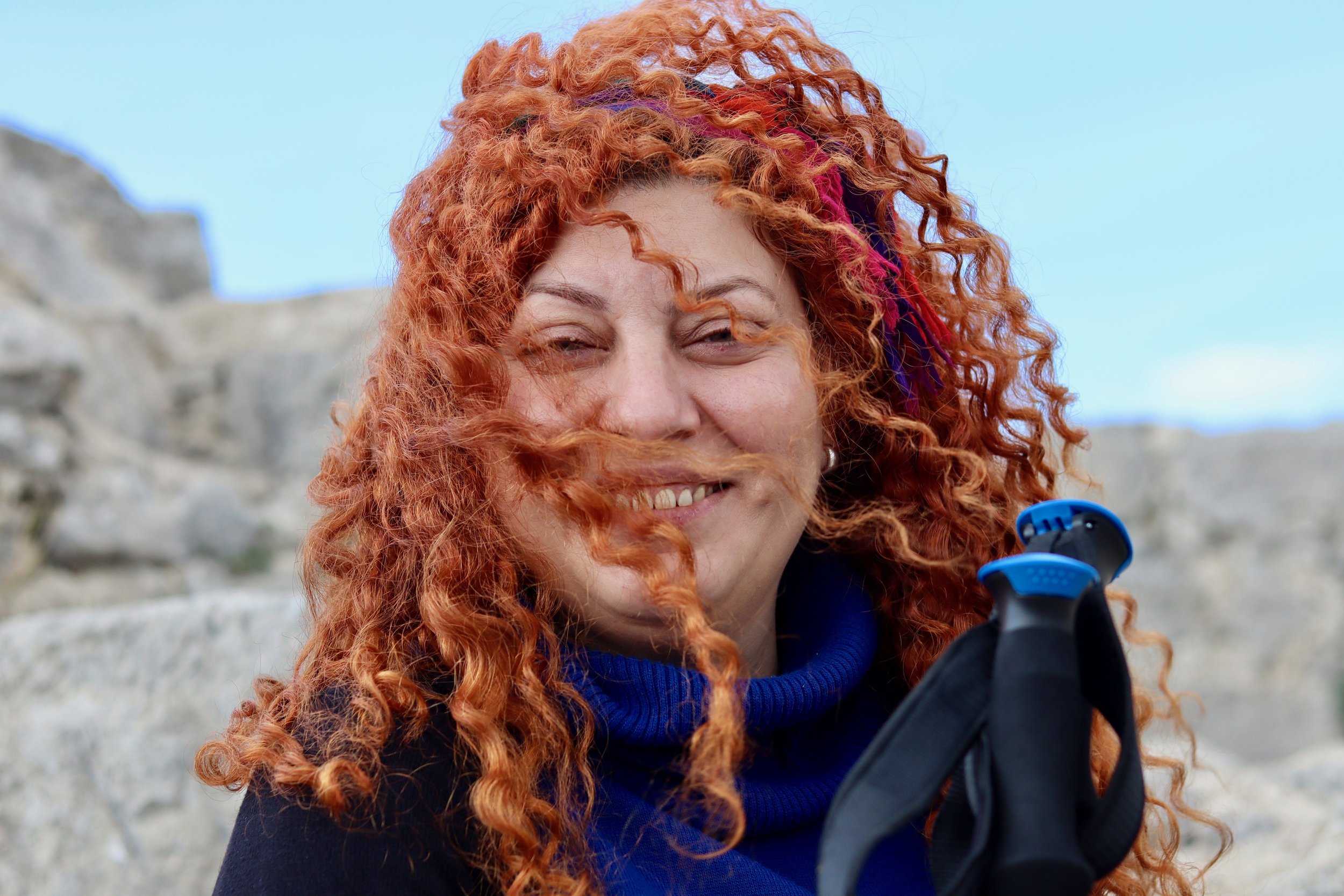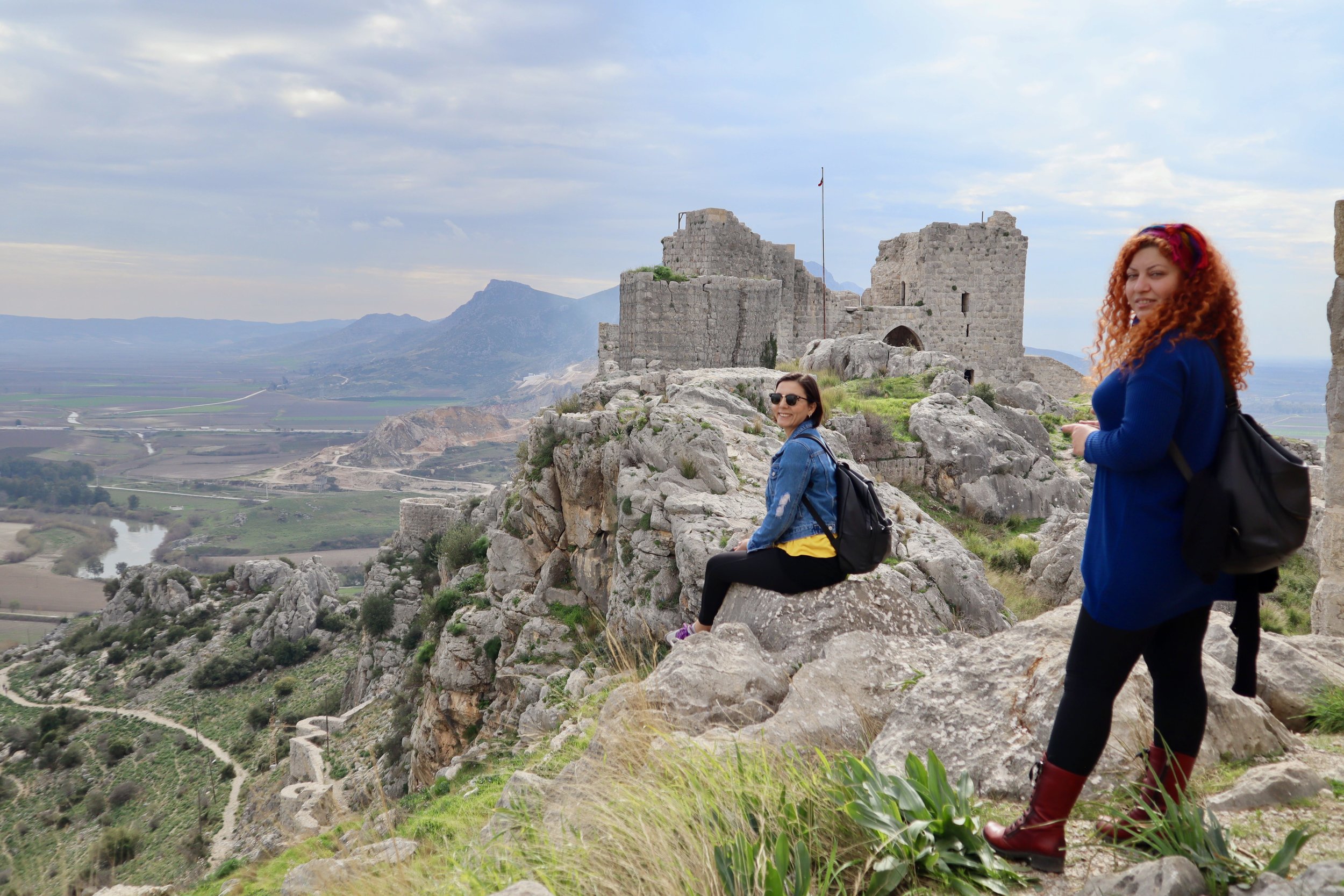Yılankale: Snake Castle of Adana
I love castles. But I hate snakes. This left me in quite a dilemma when I had the opportunity to visit Snake Castle, or in Turkish Yılankale. Ultimately my love for all things ancient won out and I packed up and headed to Snake Castle with three of my friends.
I had seen this castle from the road several times while traveling to other places in southeastern Turkey. It had always piqued my interest because it looked like it was in good condition. While Cinderella’s Castle at Disney World is pretty cool, there is nothing as awesome as the opportunity to climb all over a real castle that real castle people lived in. (Whatever a castle person is.) And Snake Castle did not disappoint.
The views were incredible.
There was no part of the castle that was off limits and it was full of arches, tunnels, rooms, baileys, towers, arrow slits, and other castle-y things . It sits too high on a rocky hill to have a moat and draw bridge, but that would have been pretty cool.
Ginny Lou and our friend doing a traditional Turkish dance on one of the castle walls. That’s the Ceyhan River in the top right corner.
For a kid who grew up doing archery, reading the Chronicles of Narnia, and watching the Disney animated Robin Hood movie, this castle was PERFECT!
Not a lot is known about the origin and uses of the castle. Here is some of the information I found:
It is an Armenian castle built in the region of Cilicia in the 11th or 12th century A.D.
It is situated next to the Ceyhan River on what used to be a part of the ancient Silk Road.
This road connected ancient Antioch with ancient Tarsus and still does to this day.
It is one of 40 castles in the Adana region.
It was used by the Crusaders.
There’s also a lot of speculation about the origin of the castle’s name. Here are some of those highlights:
Some say the windy shape of the castle gave it its name.
Others say a snake charmer used to live in the castle.
There is also a myth about a man named Shahmaran who was half human and half snake who lived in the castle.
Another reason given for the name is that locals believed that lots of snakes lived in the ruins. If that’s the case, I (thankfully) didn’t see snakes.
Of course the day isn’t complete without a selfie.
The Turkish government began restoring the castle in 2014 and it’s in pretty good shape today. It’s not an easy climb into and around the castle, so wear sturdy shoes and watch out for small kids. But the amazing views and ancient history makes the imagination run wild in Snake Castle.
You can kind of see how steep of a climb it is to go from one section of the castle to the next.
In the words of Robin Hood and Little John: “Oo-de-lally, oo-de-lally, golly, what a day!”
For Further Reading:
https://www.dailysabah.com/travel/2018/05/18/snake-castle-restored-to-welcome-visitors
https://www.incirlik.af.mil/News/Features/Display/Article/303454/ask-mehmet-origins-of-snake-castle/
http://www.castles.nl/yilan-castle
TO OUR FRIENDS IN THE WEST, KEEP LOOKING EAST!
Leslie Connors
Leslie is a co-founder of West2East. Originally from Tennessee, Leslie has called Turkey home for the past eight years. To read more about her, click here.

